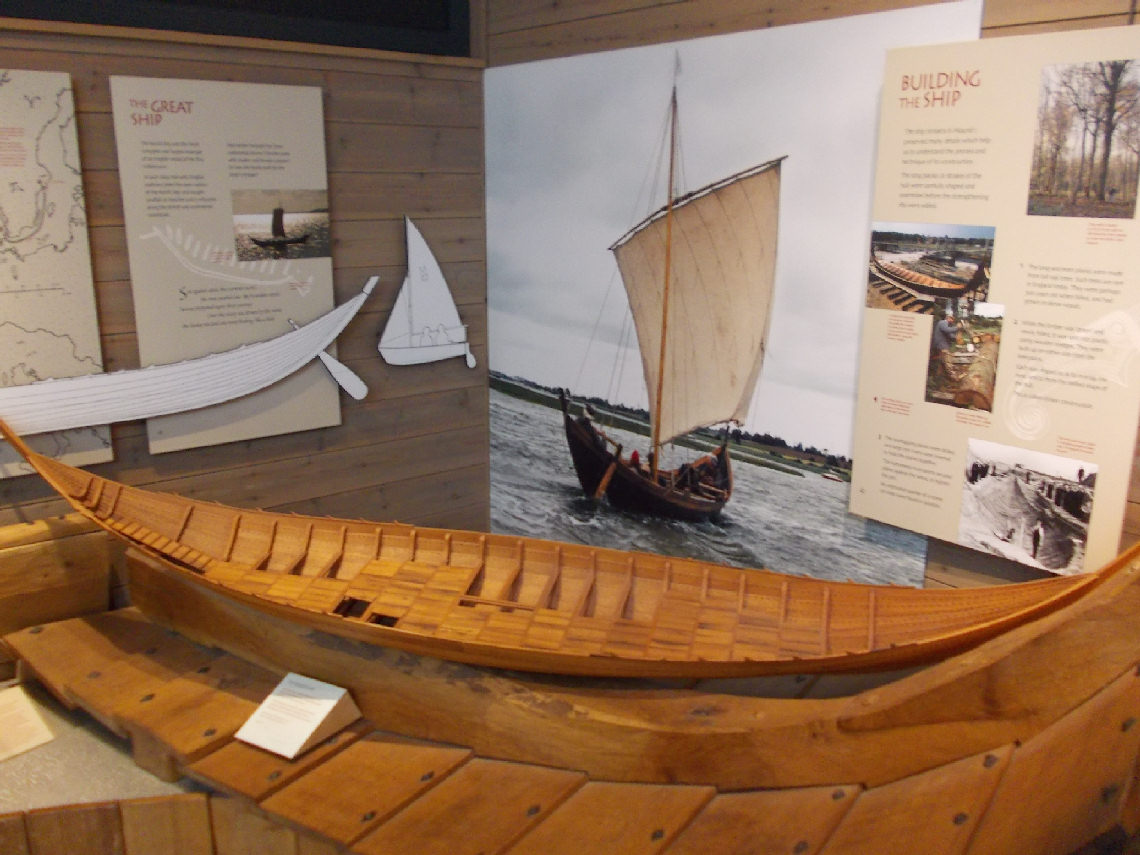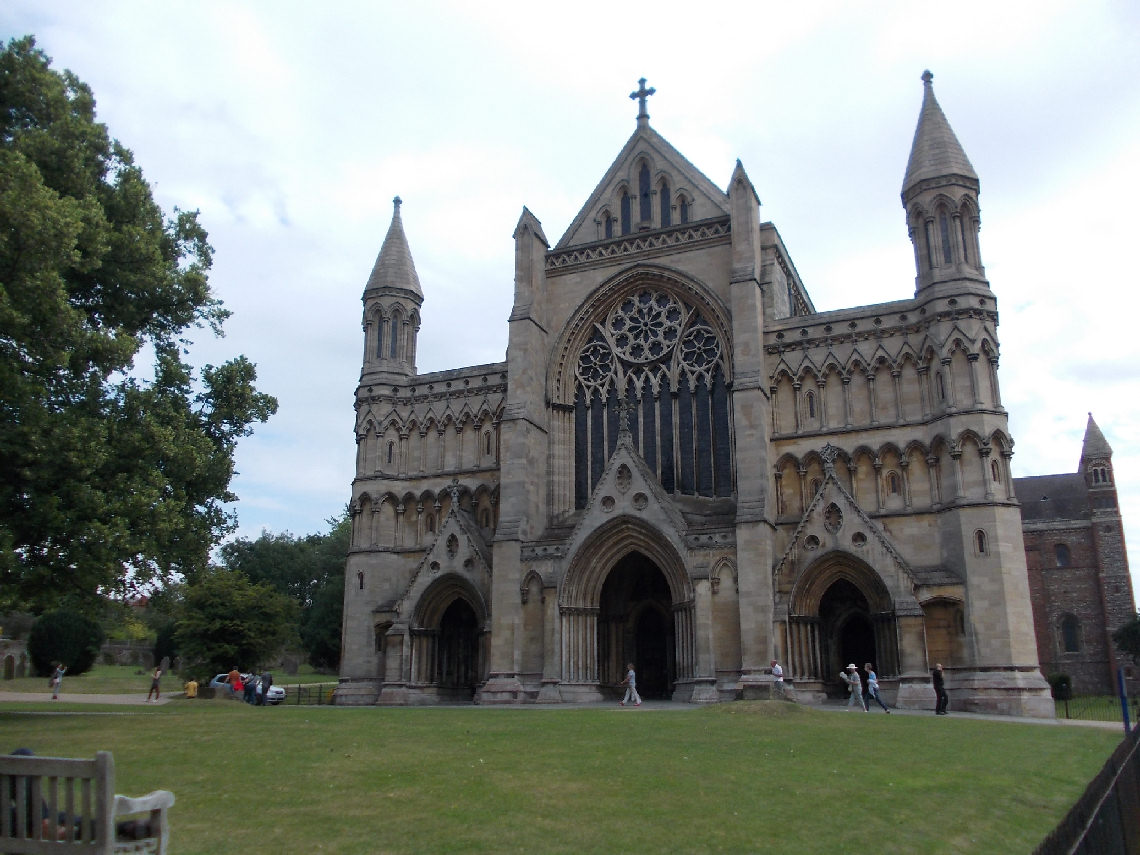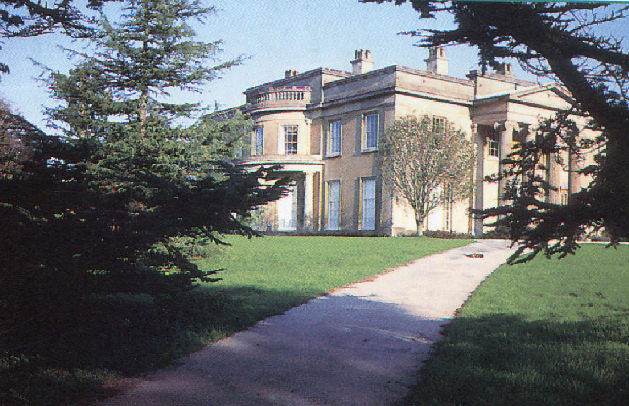Diary Dates
Wednesday 3rd September The WW2 Blenheim Bomber Crash at Abersychan by Ken Clark
Thursday 25th September – WW1 Exhibition & Coffee Morning at the Library (linked event)
Wednesday 1st October – Into the Abyss, Gwent in 1914 by Pete Strong
Saturday 11th October - Coffee Morning
Wednesday 5th November – The Mysterious World of Bees by John Holden
Saturday 22nd November – Xmas Coffee Morning
Tuesday 2nd December – All day Christmas Fair at Winterfest
More details next month.
Lecture
The August talk at the Museum was a whistlestop tour of Vietnam, looking, albeit briefly, at the country’s history, culture, historic buildings, and the way people live.
The September talk at 2pm on Wednesday 3rd September at the Museum in Abertillery town centre is entitled ‘The WW2 Blenheim Bomber Crash at Abersychan. The story of this tragic crash should be of considerable local interest. Non-members are welcome; entry is £2.
The monthly talks have experienced falling attendances and unless numbers improve we will be unable to continue with the lecture series in the New Year.
100 Club August
No. 96 Margaret Dyer £25
No. 13 Alison Staples £10
No. 9 Mary Hunt £5
Fundraising August - £386
£1000 needed
We need to raise £1000 to cover the cost of the mural in Ash’s Shop. Any fundraising ideas?
Apology to Mrs Jane White
I have recently been trying to raise the profile of the Museum with articles in the Gwent Gazette. In August I asked the paper to include a piece on the Museum’s ‘Express Café’. Unfortunately in the notes I sent to the paper I referred to the marble counter and soda fountain having been donated by ‘the family’ but in fact they were generously donated by Mrs Jane White and a notice is displayed in the café drawing attention to this. We are very grateful to Mrs White for donating these fine marble items which form an important part of the Museum display and without which we would not have our lovely Express Cafe. My apologies to Mrs White.
Jen Price
Abergavenny History Society
This society (AHS) has well-attended lectures and runs regular field trips. The focus of our own Society is running the Museum but it is interesting to see what other groups do and maybe reading this article will encourage one of our members to organise a day or half day trip. Many thanks to Roger Millett for the following account.
‘A Tour of Historic Places in East Anglia’
AHS’s annual weekend tour for 2014 took place over the weekend of Friday 25 th July to Monday 28 th July. Once again a full programme had been devised to keep the coachload of members interested from day to day with a range of historic towns, sites and buildings scheduled.
The Society planned a visit to Audley End House and Gardens prior to arriving at their hotel base at Sandy, Bedford. The house, a magnificent English heritage grand mansion and one of the greatest houses of Jacobean England, was built on the foundations of Walden Abbey established in the 12 th Century. In 1538, Henry VIII (r.1509-47) granted Walden to his Chancellor, Thomas Lord Audley, who converted the monastic buildings into a house. The house has since been remodelled by successive owners and so too the gardens when Lancelot ‘Capability’ brown swept away the remains of a formal landscape. There are many highlights for visitors to tour including a unique historical natural history collection.
Kings College Chapel is a must for visitors to Cambridge amongst a wealth of impressive colleges. The Chapel was founded by Henry VI and eventually completed by Richard III. Boasting magnificent architecture, very impressive stained glass windows and a superbly crafted dark oak screen, all of which survived Cromwell’s troops during the Englisg civil War (1642-49). The fav vault is the largest vault of its kind in the world. Whilst the built environment is impressive, so too is the Cambridge University Botanic Garden where over 8,000 species are to be found in the living plant collection spanning over a 40 acre landscape. The ‘Chronological Bed’ displays finds collected over hundreds of years having been brought back by ‘botanist’ explorers.
On day three, the Sutton Hoo site, in the care of the National trust, was eagerly awaited. The site is famous for the 7th Century Anglo-Saxon royal burial (King Raedwald) and ship revealing extraordinary treasures, now kept at the British Museum, London. 2014 marks the 75 th Anniversary of the July 1939 archaeological dig undertaken by Basil brown. An exhibition at the site explains the full story of the site and finds.

In the afternoon the AHS moved south to visit Layer Marney Tower and grounds. This extraordinary house, built as a family home nearly 500 years ago, remains a family home today. Builtby Henry, 1 st Lord Marney, who was Lord Privy seal to Henry VIII it was intended to be a testament to his wealth and status. It became England’s tallest Tudor gatehouse rising to 8 storeys in height and dominates the Essex skyline. The AHS saw rooms not usually on display.
The final day was a guided tour of the ancient city of St Albans covering the Roman theatre site, mediaeval abbey and other points of interest. A half day was not enough to explore the long history and varied architectural heritage dating back to AD43. The site of the Roman Theatre provided the most significant visible remains of the Roman city and the only fully excavated theatre of that period in Roman Britain. This provided dramatic productions and religious rites rather than gladiatorial contests. There was only time to view the exterior of St Albans Abbey which became a cathedral in 1877. Originally the shrine to Alban, a Roman converted to Christianity who became a martyr to his beliefs. Nothing now remains of the original shrine or Saxon monastery.

We need your help
You will have seen on page 1 that we have some fund raising events coming up and we need your help with these. There is a coffee morning this month at the Library featuring an exhibition on WW1; this is a linked event aimed at raising funds for Macmillans. Next month there is a coffee morning in the Museum. Please try and come along to these events and bring a friend.
Are you a member of our 100 Club? Just £1 a month and you have the excitement of wondering if your number will be lucky at the monthly draw, as well as helping the Museum. If you aren’t a member, please join this scheme. Can you introduce someone else – every £1 helps.
Can you spare a little time to volunteer at the Museum? We are always glad of extra help. Do you know someone else who might like to volunteer? Please try and spread the word about our wonderful Museum.
Do you have any fundraising ideas? In these difficult economic times it is getting harder to raise funds but it is also the case that our running costs are rising. Lighting, heating etc – these all have to be paid for and our volunteers work hard to ensure we have sufficient funds.
The Christmas Fair in early December will be on us in no time and so can you please start collecting and making items for the various stalls and raffles. This event is one of our biggest fundraisers and is an important date on our calendar. This year we are holding it to coincide with Winterfest and plan to keep the Museum open into the evening so we will need lots of help that day.
Can you please let me have items for the Newsletter? Your memories and experiences are what our readers like best.
If you want more information on any of the above items, please call at the Museum. Please call in, anyway. Our displays are always worth seeing and you will invariably see something you didn’t notice at your last visit. Have you seen our newest display yet – Ash’s Shop? And have you visited our own Museum shop with gifts to suit every pocket? And then there is our Express Café – a real gem.
Please come along!
Jen Price
Book Corner
The article by Roger Millett on page 2 and his visit to Sutton Hoo reminded me of a book which I am sure you will enjoy - The Dig by John Preston. It was published a few years ago but should be available at your library. The following extract is from a review by The Guardian.
The Dig is a dramatisation of the events leading to Britain's most famous archaeological find: Sutton Hoo. It is well over 60 years since a seventh-century Anglo-Saxon burial ground was unearthed in a field in Suffolk, but this great royal grave retains an inescapable fascination. When the ancient hoard was discovered in the days before the Second World War, a fearful and desperate nation hailed it as the British Tutankhamun. Like that other tomb of kings, Sutton Hoo is a source of awe and wonder. To find something that has dodged oblivion, no matter how briefly, is somehow life-affirming, a sign that we can make our mark.
The Dig starts, and ends, in mud. The book begins when Sutton Hoo landowner Edith Pretty hires Basil Brown, a self-taught local archaeologist, to excavate the burial mounds on the field by her house. Her husband, who had died suddenly in 1934, always felt there was something inside them: now, as the end of the world draws near, she wants to know if he was right. Brown slowly digs over the field, finding nothing. He almost gives up. Then, in a moment of revelation, he makes a discovery that will change his life - for better or worse.
In June, soon after Brown has uncovered the first signs of the ship-burial, the archaeological community gets word of the find. Suddenly, the site becomes the focus of a ferocious academic battle. Rival museums compete with chilly politeness.
The fate of the ship and its lustrous contents is reduced to a choice between different varieties of display cabinets. Few gains are ever wholly positive. This recovery, too, comes tinged with regret.
Anyone who likes a good read and is also interested in history and museums should enjoy this book.
Jen
MUSEUM MATTERS
Clytha Park visit
It has been a long time since we have seen our President Sir Richard Hanbury Tenison KCVO former Lord Lieutenant for the county of Gwent, of Clytha Park, he has been ill for some time after suffering a stroke. His wife Lady Hanbury Tenison, who was born Euphan Mary Wardlaw Ramsay in 1931, daughter of Maj Arthur Balcarres Wardlaw Ramsay descended from the Barons Magheramorne.
Sir Richard was suggested to us for our president by Gwyn Davies Chairman of the Abergavenny History Society. He accepted our invitation and since then he has taken an active interest in our society attending lectures and events, giving us encouragement and help when we were endeavouring to get a new museum. His pleasure was as great as ours when we finally achieved our aim.
Over the years Peggy and I got to know him and his wife Lady Handbury Tenison or Euphan as she preferred to be called, unfortunately she died 22 Oct, 2012.
One day when Peggy and I were working in the museum a lady came in carrying a large box, we did not recognise her at first but soon realised it was Lady Handbury Tenison. The box she was carrying held a canning machine, having seen the photograph in our book of the W V S ladies demonstrating how to use one to the women in the Tabernacle Chapel during the WWII; she donated it to our museum. It is on display in the World War 2 on the home front case with the photograph as a backdrop. We also have a cigarette tin from the First World War they were given to the troops in the trenches by Queen Mary after hearing that such a tin had saved a soldiers life when he was hit by a bullet and the tin saved him. This tin was donated to the museum by Sir Richard and is now in the First World War Display.
Peggy and I visited Clytha Park on a number of occasions especially when they held open days the profits of which were donated to charity. We were invited to a Christmas party held in the house, their grandchildren sat around us, with logs on the fire it was a grand occasion.

Peggy has always written to Sir Richard and continued to do so after his illness, his son Jack reads them to him. Peggy and I together with a few of committee were invited down to Clytha Park for tea on the lawn by Jack Hanbury. On our arrival Jack was there to greet us, after which he showed us around the house beginning with the entrance hall called, The Round Hall it is the only one in Wales, where the columns are of scagliola, the busts there include those of Major John Hanbury (c. 1690), Capel Hanbury Leigh (1860) and the Prime Minister, Spencer Perceval (murdered in 1812) by Nollekens. There are many portraits in the house, and the staircase contains portraits of Frederick the Great. Other portraits are of Sarah, Duchess of Marlborough, in mourning for her late husband, with her grand-daughter, Diana Spencer. There is also a case of stuffed birds dating from 1820 when the skins were sent back from Australia by a friend of the family who was soldiering there. Next was the Dining Room which will seat 22 in comfort, it has frequently seated 50 or more. The red wallpaper conforms to an 18th century idea that red is good for the digestion. The main sideboard and cellarette under it are Irish and date from about 1840. The library was the last we visited. The earliest of the books were probably assembled by Capel Hanbury. We were then shown old estate maps. We then had tea in the grounds during which we were introduced to Jacks wife and family, after that we went for a stroll in the grounds. There is a lake with a boat house, a stud farm and a walled kitchen garden. The older trees are notably the very large tulip tree (Liriodendron Tulipifera) on the far side of the lake and a number of large oaks. Behind the Tulip Tree is a good cut-leaf beech. A pair of ravens have for many years nested in the second tall Coast Redwood (Sequoia sempivirens) on the west side of the lake. The gravel path along the wall leads over the little bridge to the Perthir Gate, an 18th century stone arch topped by a late medieval cross dug up 100 years ago at the former monastic grange of Perthir near Monmouth. Other features dating from the 1790s are the arch at the entrance to the main drive (designed by Nash) and Clytha Castle on the hill-top across the road. This latter was built as an eye-catcher from the old house and is leased to the Landmark Trust. The lake garden has been extensively replanted since 1975 but the Irish Yews which line some of the paths date from improvements suggested by Avray Tipping in the 1920s. The large cedar of Lebanon in front of the house is perhaps 220 years old.
While the others were having tea Peggy and I went in to see Sir Richard in his study, he had been watching us through his window. As we sat down he said its Peggy and Don we talked for a while during which the birds returned to their bird house, they are my little friends he told us. As we left it was a special moment, I held his hand to say goodbye and Peggy kissed his brow showing our love and respect that we have for him. Sir Richard was Colonel of a Guards Regiment; he is the sort of man who you would follow to the end.
Of course I would have to grow another 2ft.  to join a Guards Regiment! Don Bearcroft curator.
to join a Guards Regiment! Don Bearcroft curator.
